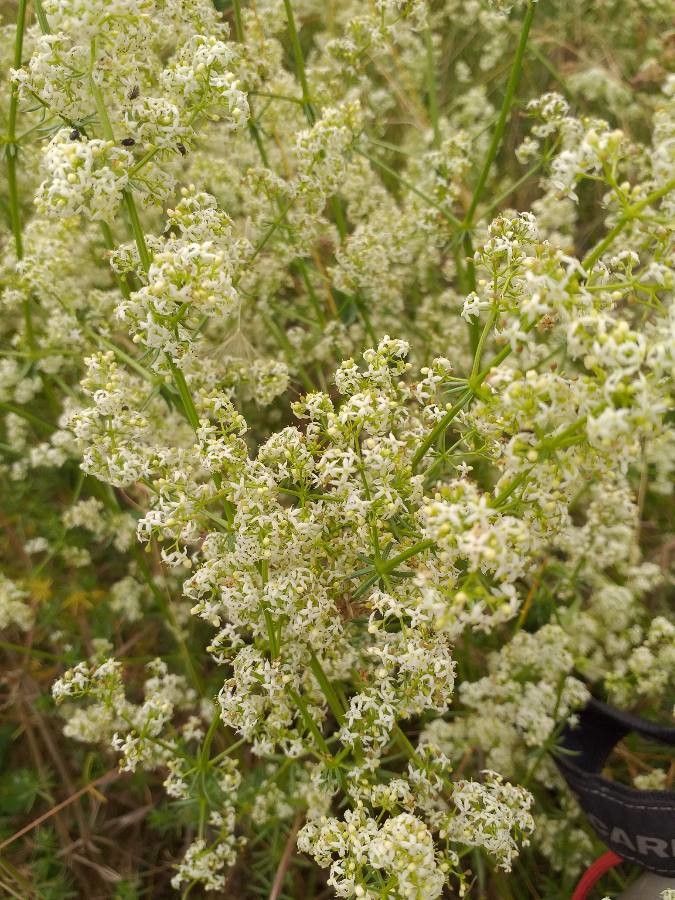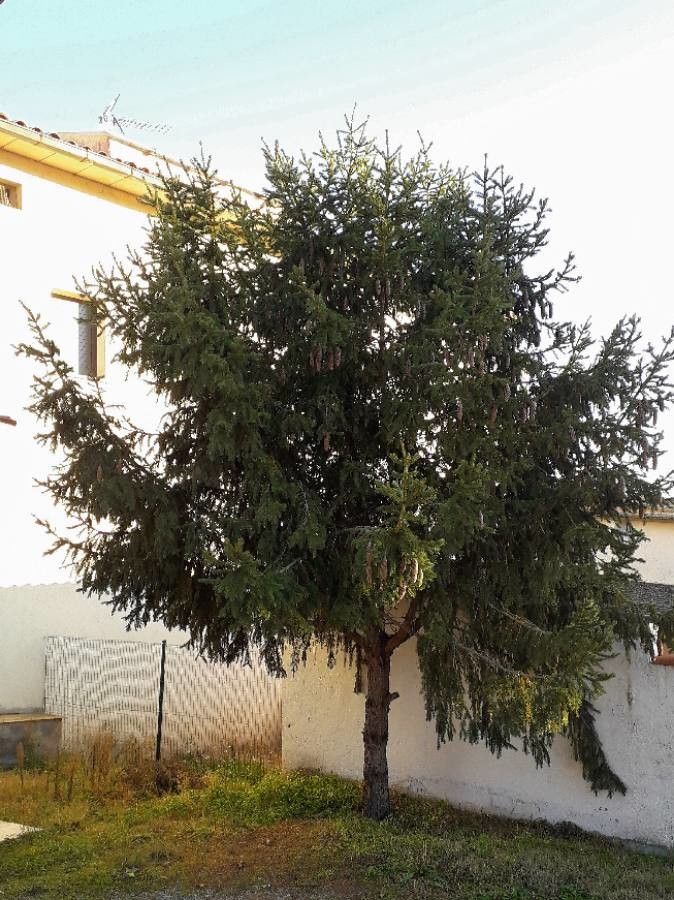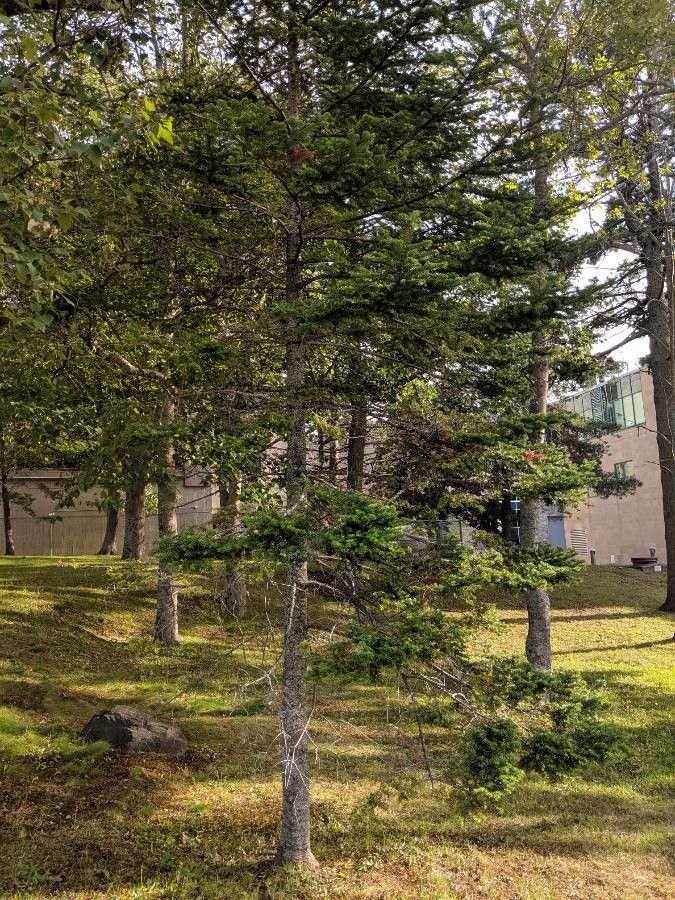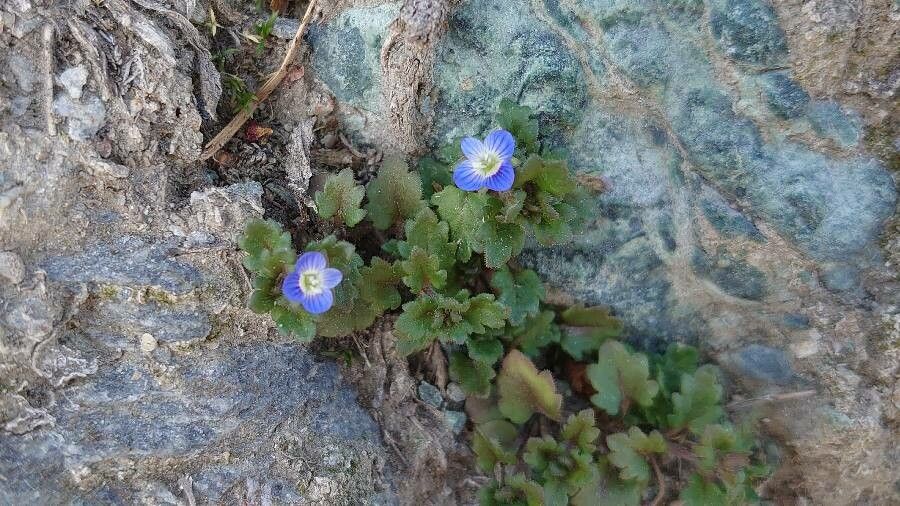### Hedge Bedstraw: A Comprehensive Guide
Hedge Bedstraw ( *Galium album*), a member of the Rubiaceae family, is a common herbaceous perennial found throughout Europe, Asia, and parts of North America. While often considered a weed, it possesses interesting characteristics and potential uses that make it a fascinating subject for gardeners and plant enthusiasts alike. This comprehensive guide will delve into its identification, habitat, growth, and care.
### Identification
Hedge Bedstraw is easily identified by its slender, trailing stems that can reach lengths of up to 1 meter. Its leaves are arranged in whorls of six to eight, narrow and linear, with a slightly rough texture. The tiny, white, star-shaped flowers bloom from June to September, forming loose, branched clusters. The fruit is a small, dry capsule containing two seeds.
Distinguishing Hedge Bedstraw from similar species requires careful observation. Pay close attention to the number of leaves in each whorl and the overall growth habit. While other *Galium* species exist, Hedge Bedstraw's preference for slightly drier conditions and its widespread distribution can help in its identification.
### Habitat and Growth
Hedge Bedstraw thrives in a variety of habitats, demonstrating its adaptability. It prefers full sun to partial shade and tolerates a wide range of soil conditions, although it does best in well-drained soils. It's often found in meadows, pastures, hedgerows, and along roadsides – hence its common name. Its vigorous growth habit makes it a good ground cover, quickly spreading to form dense mats.
### Uses and Cultivation
Historically, Hedge Bedstraw has been used for various purposes. The dried plant was once used to curdle milk in cheesemaking, a traditional practice that highlights its unique properties. Though less common now, its use in traditional medicine continues in some regions.
Cultivating Hedge Bedstraw is straightforward. Simply sow seeds directly into the ground in spring or autumn. It will readily self-seed, so you may find it spreading naturally in your garden. While it can be considered invasive in some contexts, its ability to suppress weed growth makes it a useful addition to certain garden areas. Consider using it in wildflower meadows or areas where ground cover is needed.
### Potential Issues
Although generally unproblematic, Hedge Bedstraw can become quite competitive in cultivated gardens if not managed properly. Regular weeding might be necessary to prevent it from overcrowding desired plants. Furthermore, its spreading nature should be taken into account before planting it near valued species.
### Conclusion
Hedge Bedstraw, while often overlooked, presents a fascinating study in botanical diversity. Its adaptability, historical uses, and ease of cultivation make it a worthwhile plant for both novice and experienced gardeners. With a little understanding, it can be a valuable asset, offering ground cover and a glimpse into the history of plant utilization.
Hedge Bedstraw: Guide to Growing & Identifying

Frequently Asked Questions
How do I identify Hedge Bedstraw?
Look for slender, trailing stems, whorls of 6-8 narrow leaves, and small, white, star-shaped flowers. Consider its habitat and compare it to similar *Galium* species.
Is Hedge Bedstraw a weed or a useful plant?
It depends on the context. While often considered a weed due to its vigorous spread, it can be a useful ground cover, and has historical uses in cheesemaking and traditional medicine.


